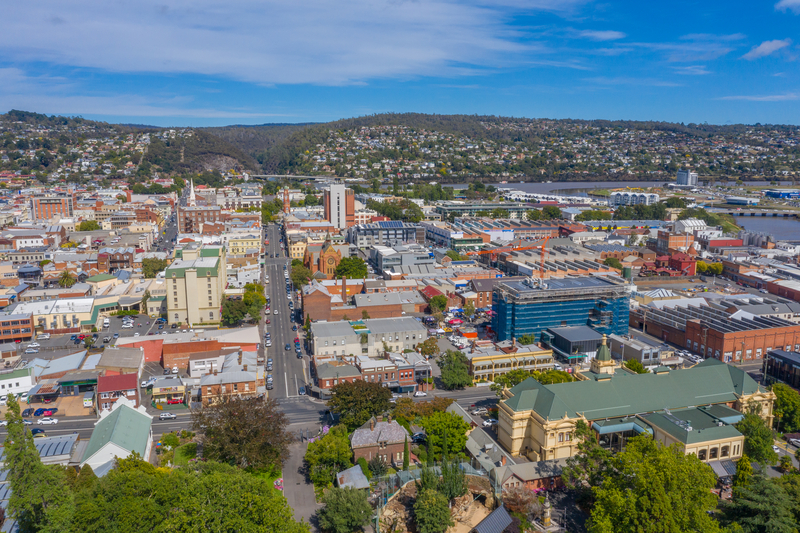Guide to Rental Yields

Rental yield is a critical metric for property investors, helping you assess the profitability of your investment property. It provides insights into your cash flow and return on investment, making it easier to compare potential properties or evaluate your current portfolio.
As mortgage brokers serving Bondi Junction and Launceston, we’ve created this guide to help you understand and calculate rental yields effectively.

What is Rental Yield?
Rental yield measures the annual rental income generated by your property as a percentage of its market value. It comes in two main forms:
- Gross Rental Yield: Considers rental income before deducting expenses.
- Net Rental Yield: Factors in ongoing costs like maintenance, insurance, and property management fees.
Understanding these figures is essential for evaluating a property’s cash flow potential.

HOW TO CALCULATE
Gross Rental Yield
The formula for gross rental yield is:
(Annual Rental Income ÷ Property Value) x 100
Example: If your property in Bondi Junction is worth $800,000 and generates $40,000 in annual rent:
Gross Rental Yield = ($40,000 ÷ $800,000) x 100 = 5%
Net Rental Yield
The formula for net rental yield is:
(Annual Rental Income – Annual Expenses) ÷ Property Value x 100
Example: If your property generates $40,000 in rent but has $10,000 in expenses:
Net Rental Yield = (($40,000 – $10,000) ÷ $800,000) x 100 = 3.75%
Why Rental Yield Matters
Rental yield helps investors:
Compare Properties
Higher yields may indicate better cash flow.
Plan Finances
Understand whether the property can cover its own costs.
Assess Market Trends
Suburbs like Launceston with higher rental demand often offer competitive yields.
For more strategies on improving returns, check out our Cash Flow Management Guide.
Factors That Influence Rental Yield
Several factors affect rental yields, including:
Location
Suburbs with high demand, like Bondi Junction, typically offer better rental yields.
Property Type
Apartments often yield higher percentages than houses due to lower purchase costs.
Market Conditions
Economic shifts and interest rates can impact rental demand and prices.
What is a Good Rental Yield?
While rental yield expectations vary, here’s a general guide:
4%–6% Gross Yield
Typically considered good for Australian properties.
Higher Yield
May indicate better cash flow but potentially lower capital growth.
Lower Yield
May suggest strong capital growth potential but weaker cash flow.
FAQs About Rental Yields
What is the difference between gross and net rental yield?
Gross yield calculates rental income without expenses, while net yield includes costs like maintenance, insurance, and property management fees.
Is a higher rental yield always better?
Not necessarily. A high yield might mean better cash flow but could indicate slower capital growth in some cases.
How do I improve my property’s rental yield?
Consider renovations, adding amenities, or reviewing rental pricing based on market demand.
Can I calculate rental yield for off-the-plan properties?
Yes, but you’ll need to use estimated rental income and expenses. Ensure these figures are realistic based on market research.
Does rental yield affect my ability to secure a loan?
Yes, lenders often consider rental yield when assessing your borrowing capacity. Speak to us to explore your loan options.
Let Us Help You Maximise Your Rental Returns
Understanding rental yield is vital to making informed investment decisions. Whether you’re evaluating a potential property or improving an existing one, our team of mortgage brokers can provide expert advice tailored to your goals.
